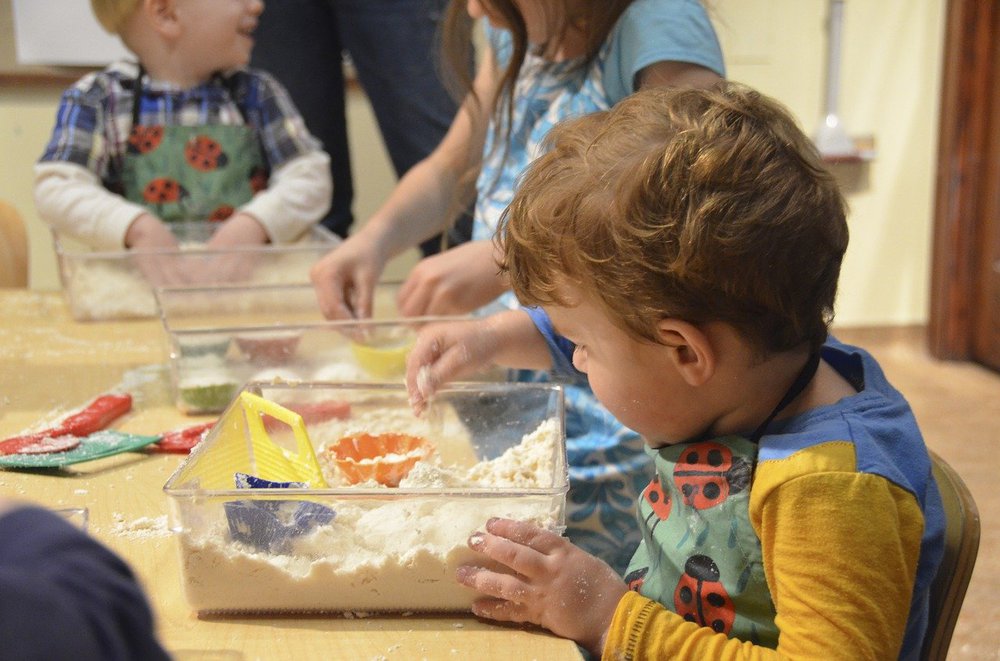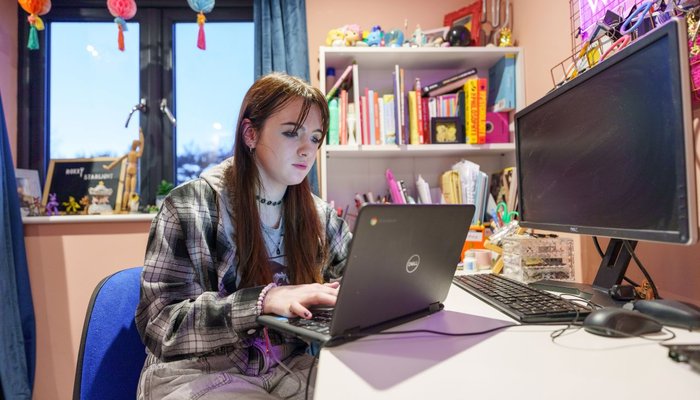What is sensory play and why is it important?

From the moment they're born, children use their senses to discover the world around them. Find out how to use sensory play to aid their development
Sensory play is any activity that stimulates our senses – touch, sight, hearing, smell and taste. It helps children interact with and make sense of the world that surrounds them.
Sensory play plays an important role in a child’s learning and development. Much of our learning comes through our ability to use our senses to retain information.
Sensory play is a lot of fun. It also offers many benefits for child development, including:
- Helping children understand how their actions affect what’s around them.
- Supporting brain development, enhancing memory, complex tasks and problem solving.
- Developing fine motor skills through tactile play (useful when children want to hold a pen or use scissors for example).
- Supporting language development, communication and social skills.
- Enhancing memory and observational skills.
- Encouraging creative and independent thinking.
- Emotional regulation by providing a calming effect on children’s angry or anxious feelings.
Some children may have a sensory sensitivity or need. Every child who has a sensory sensitivity is different, and their needs may change over time. We have information on how to support a child with sensory needs.
With your help, we could continue to provide more support to parents through our Parent Talk site.
Help us be a vital lifeline for children, young people and families

Using technology can help children's communication skills
From birth, children are ready for sensory play. Children are natural explorers – they’re constantly learning and taking in what’s around them.
Sensory activities can be adapted for different ages, needs and abilities.
You can easily adapt a simple sensory activity like blowing bubbles for different children at different stages and abilities, for example:
- Babies might enjoy feeling the bubbles pop on their skin.
- Toddlers can chase after bubbles and pop them on themselves, the floor, and surfaces around them.
- For older children, try a project where they creating their own bubble mixture and blow bubbles using a wand or their hands.

Sensory play activities can be as simple or complex as you’d like. They can often be set up with items you already have at home. There’s something to explore and wonder at in every home.
Here are some activities to try:
Sand and water play
Fill any box with sand or water, and add different toys too.
You could use multiple boxes and encourage children to move the contents between boxes.
Playing with food
Encourage play through squishing, smearing, and tasting food.
This allows children to become comfortable with a variety of textures and flavours.
Homemade musical instruments
Create a variety of sounds and songs using pots/pans/spoons.
You could fill a bottle with rice or dried pasta/beans to create maracas.
Painting
Children can paint with their hands or feet.
Create a mess-free alternative by placing a piece of paper and some paint in a food storage bag.
Sensory bottle
Fill a bottle with water, oil and food colouring for an exciting visual effect.
Indoor obstacle course
Use pillows, cushions, blankets – whatever you can find.
As well as the five senses, we also interact with the world through body awareness, movement and balance.
Playdough
Children manipulate playdough with their hands to pinch, squeeze and pull it into different shapes.
You can make your own or buy some premade. Add scents or toys to help them build imagination.
Sensory bin
In a box, or container, place various objects with a variety of textures for a hands-on experience for children. This could be beads, paper, kinetic sand and water or leaves, rocks and sand.
We know that sensory play is important in supporting a child's learning and development. That's why we have thousands of frontline workers supporting children and families every day.
Last year, incredible people like you helped us be there for 687,755 UK children, young people and families, through 372 services. Vulnerable children and families given hope and support, because of your amazing generosity.
With your help, we could reach even more.

Last year, we helped 551,400 families, children, and young people. With your help, we could reach more.
Keep up to date with Action for Children!
Sign up to our newsletter



